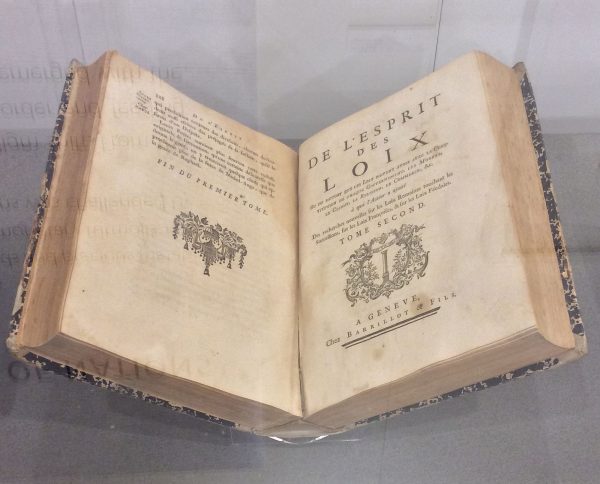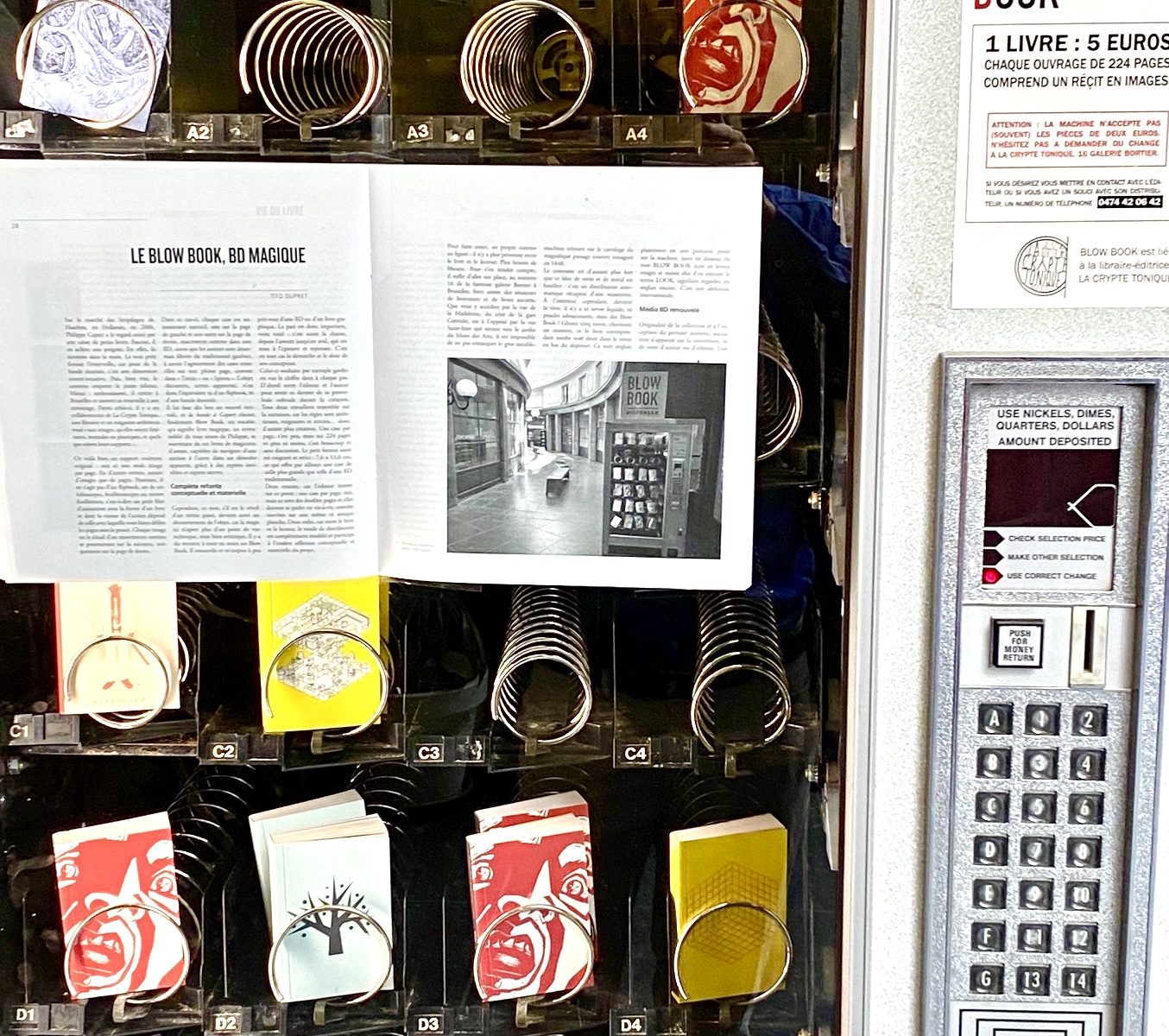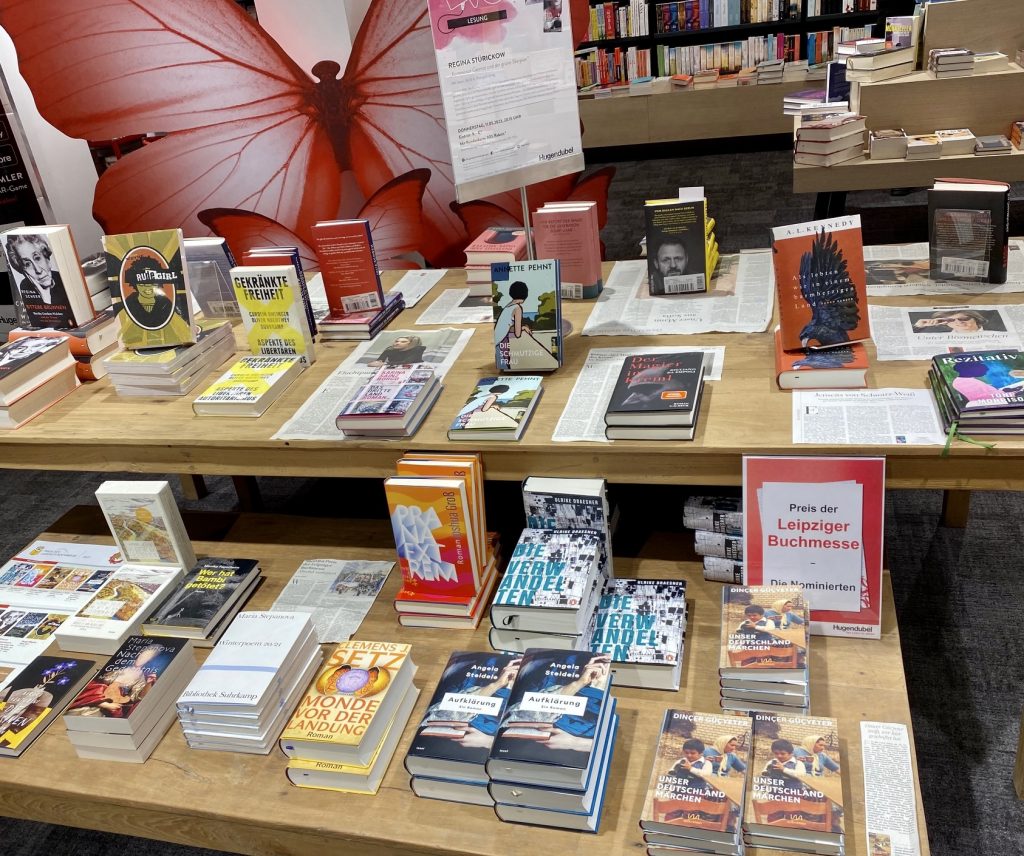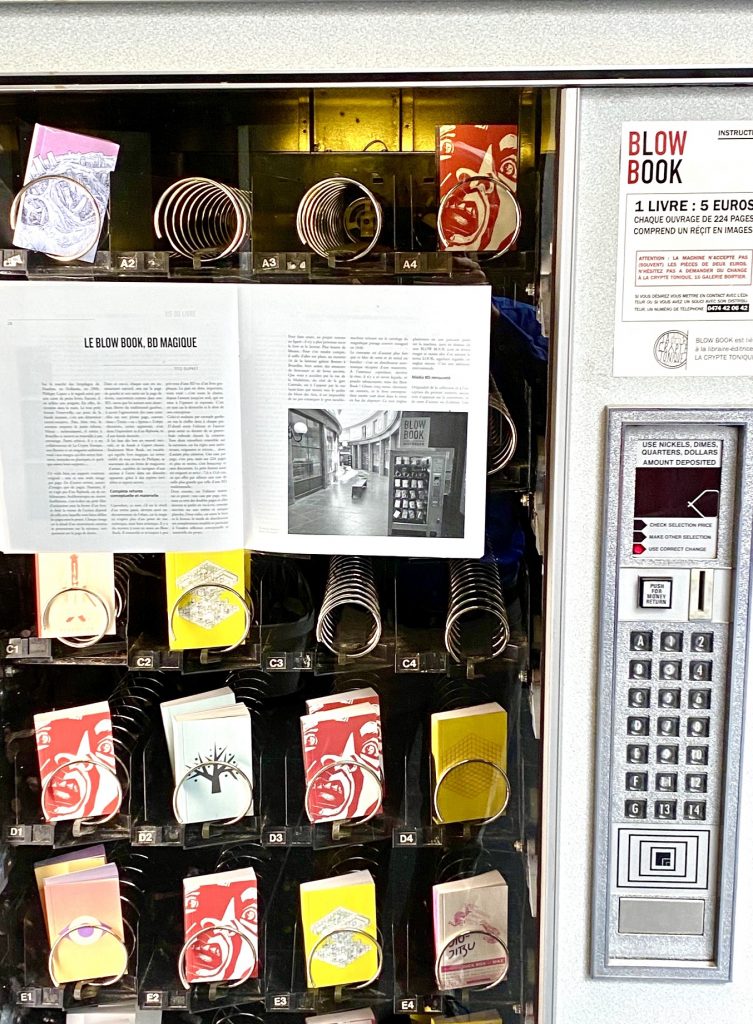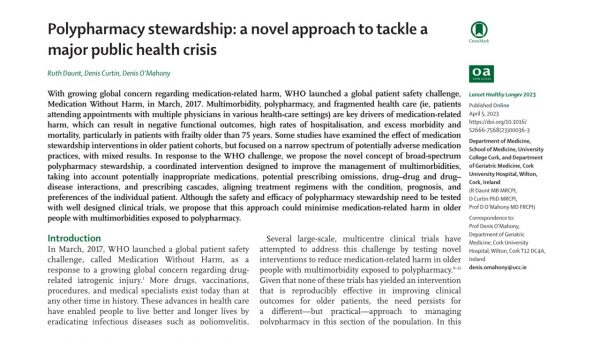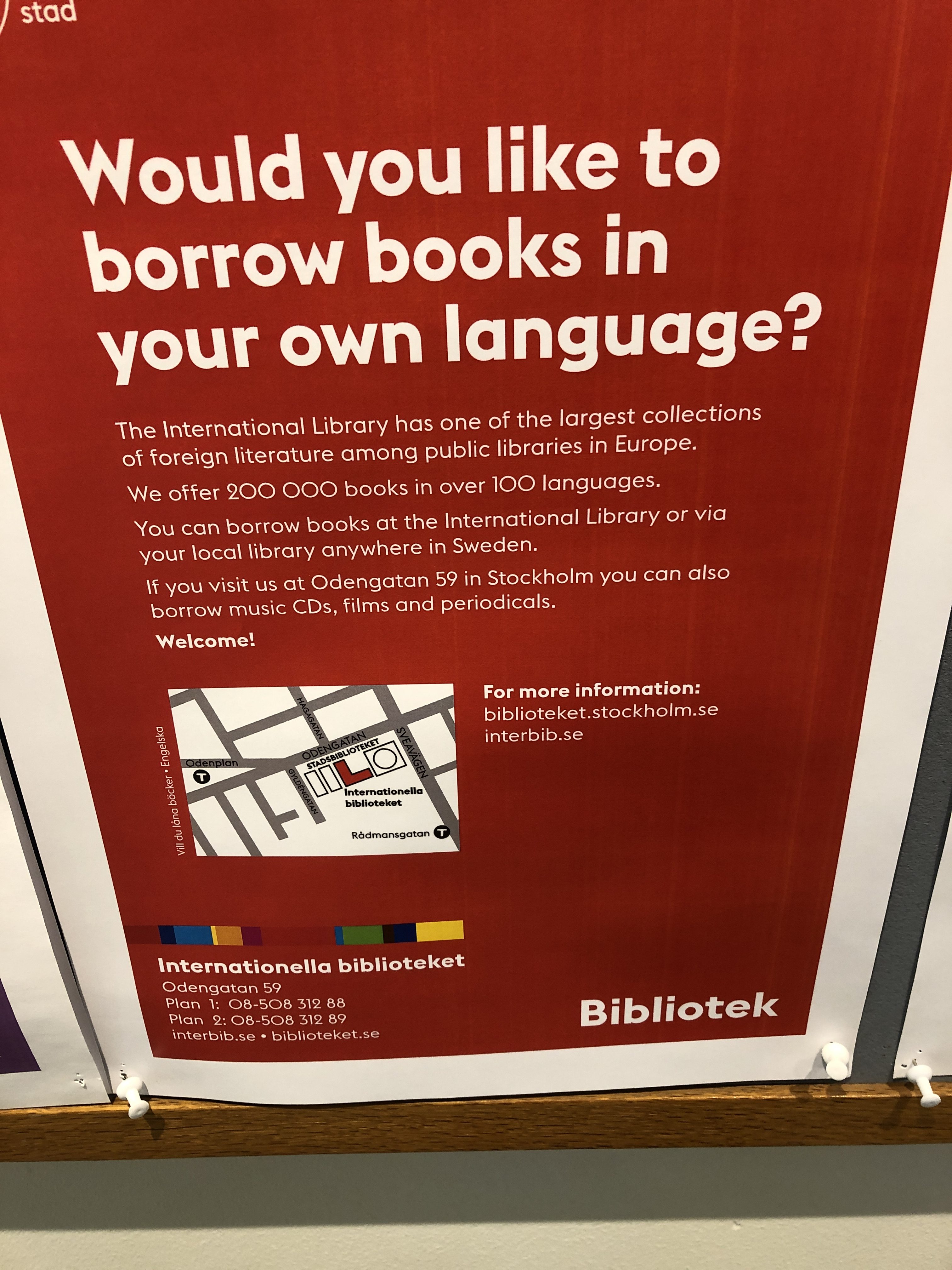It doesn’t need much explanation to advocate better infrastructure. Even if we rarely agree on what constitutes better infrastructure, the lack of infrastructure is felt quickly. Almost everything we use on a daily basis like water, food or transportation rely on large scale infrastructure to facilitate individual uses. Companies settle where they spot good locations, most of them are related to infrastructure as well. The basics about infrastructure is the public versus private provision of such infrastructure and related services. Even a country’s defense hinges on good infrastructure to be able to respond quickly at the place where the defense is most needed. Telecommunication and satellites have been recent innovations in the field of infrastructure. Security and cybersecurity in particular are a critical component of infrastructure. The topic is huge. The means to address these issues are likewise of daunting scale. Therefore, it is all the more important to address these challenges.










 These measures are important for crops and agriculture, but also for trees and vegetation in general. The droughts of the last years show a lack of humidity in large parts of East Germany.
These measures are important for crops and agriculture, but also for trees and vegetation in general. The droughts of the last years show a lack of humidity in large parts of East Germany.







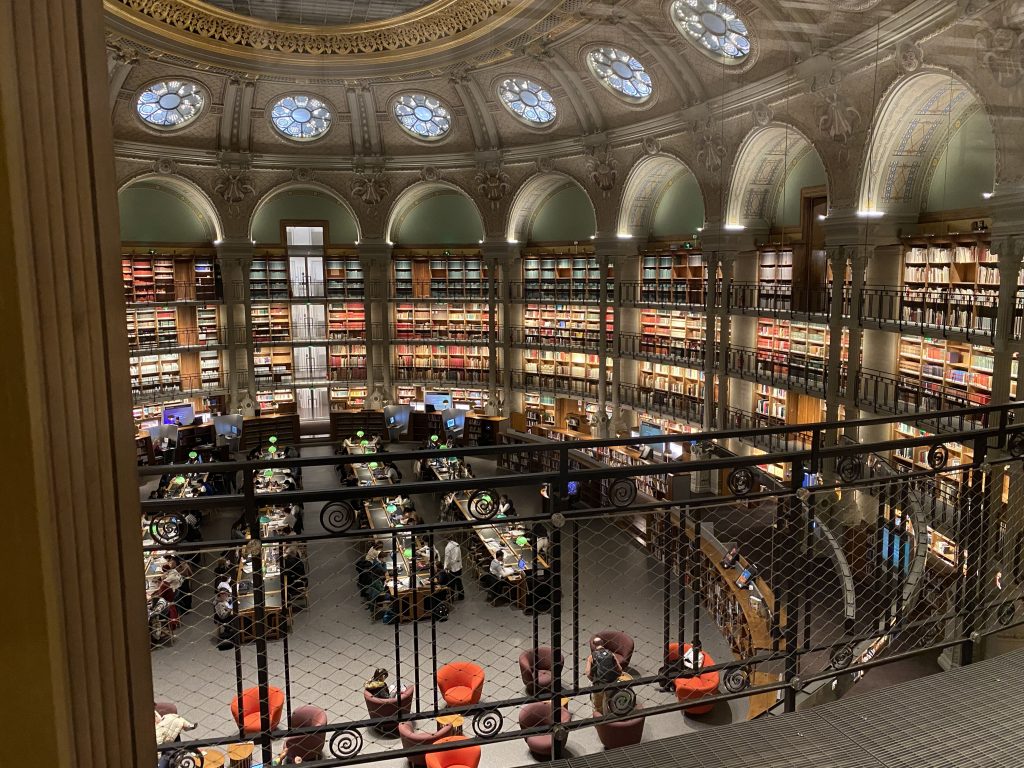
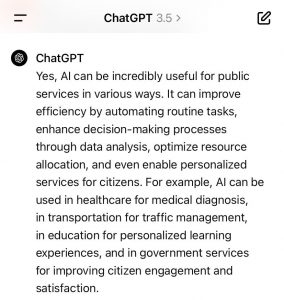 The AI ChatGPT is advocating AI for the PS for mainly 4 reasons: (1) efficiency purposes; (2) personalisation of services; (3) citizen engagement; (4) citizen satisfaction. (See image below). The perspective of employees of the public services is not really part of the answer by ChatGPT. This is a more ambiguous part of the answer and would probably need more space and additional explicit prompts to solicit an explicit answer on the issue. With all the know issues of concern of AI like gender bias or biased data as input, the introduction of AI in public services has to be accompanied by a thorough monitoring process. The legal limits to applications of AI are more severe in public services as the production of official documents is subject to additional security concerns.
The AI ChatGPT is advocating AI for the PS for mainly 4 reasons: (1) efficiency purposes; (2) personalisation of services; (3) citizen engagement; (4) citizen satisfaction. (See image below). The perspective of employees of the public services is not really part of the answer by ChatGPT. This is a more ambiguous part of the answer and would probably need more space and additional explicit prompts to solicit an explicit answer on the issue. With all the know issues of concern of AI like gender bias or biased data as input, the introduction of AI in public services has to be accompanied by a thorough monitoring process. The legal limits to applications of AI are more severe in public services as the production of official documents is subject to additional security concerns.